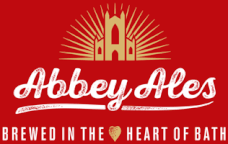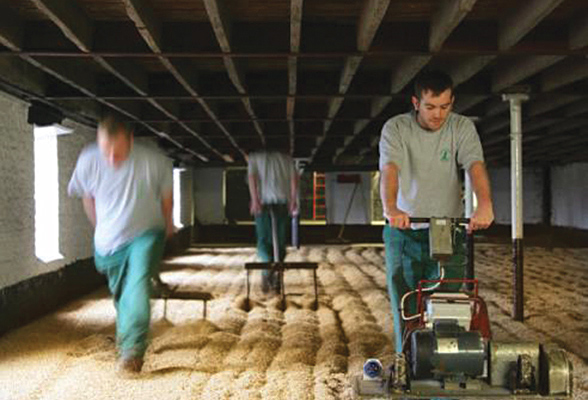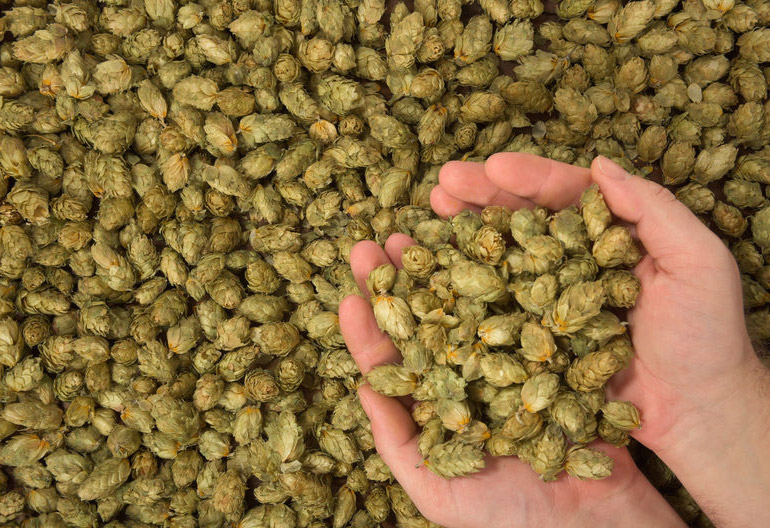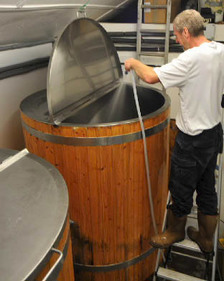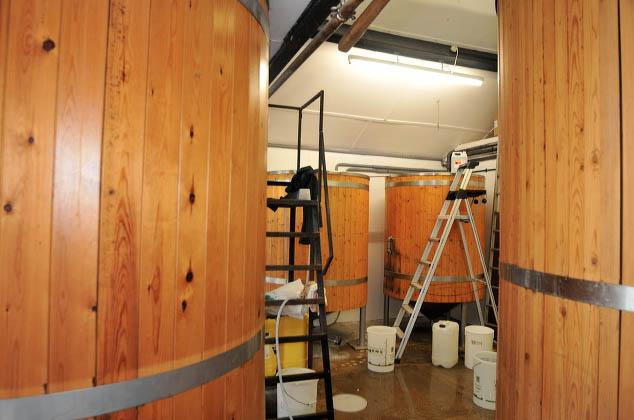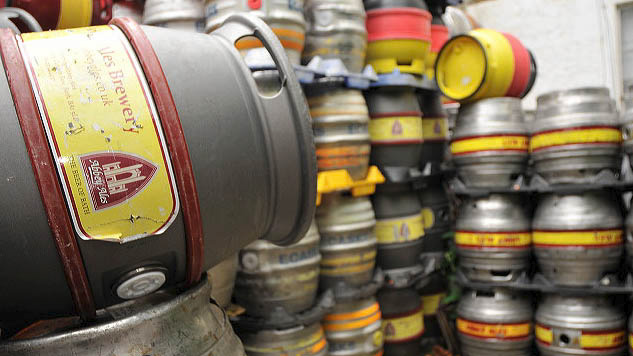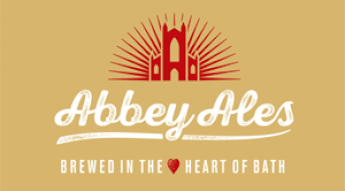Some call it craft. We call it art.
Situated within the World Heritage City of Bath, the Abbey Brewery was founded in 1997 and has been producing its award winning traditional English ales ever since. The brewery was the initiative of experienced brewery sales and marketing manager Alan Morgan who is now ably backed up by his son Simon Morgan and head brewer Martin Langham.
